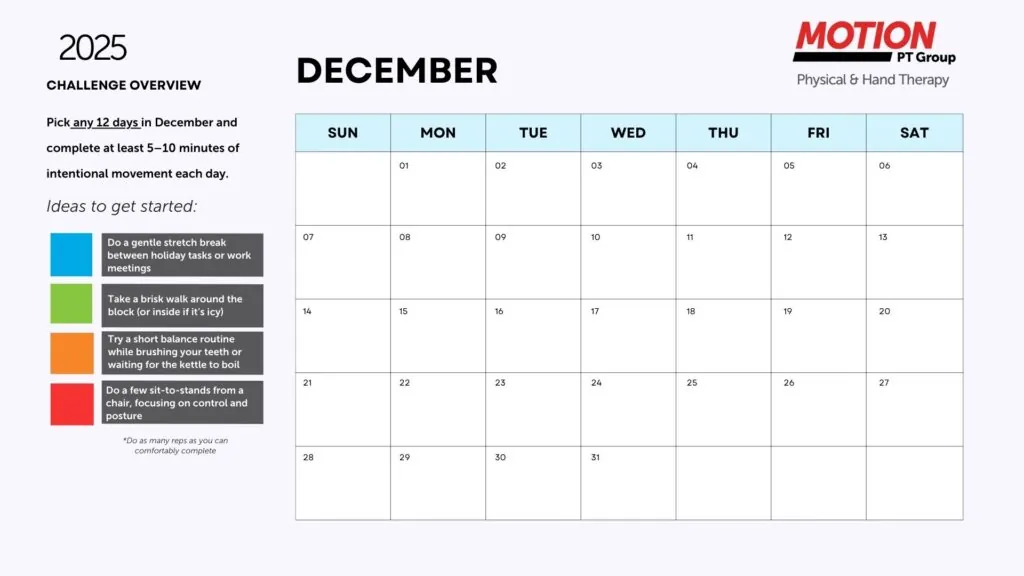With hybrid and remote work becoming a long-term reality for many, your home workspace may need an ergonomic makeover. Poor posture, awkward setups, and long hours at a desk can lead to back, neck, and wrist pain that disrupts productivity and well-being. We are here to help you position your workspace and keep your body healthy while you work.
Why Ergonomics Matter
Ergonomics is the science of designing a workspace to fit your body, minimizing strain and promoting comfort. A properly arranged workstation can reduce the risk of musculoskeletal issues like carpal tunnel syndrome, neck tension, and lower back pain. Here are some practical tips to set up an ergonomic workspace at home:
Chair and Desk Setup
Chair Positioning: Choose a chair with adjustable height, lumbar support, and armrests. When seated, your feet should rest flat on the floor (or a footrest if needed), and your knees should be at a 90-degree angle. Your lower back should maintain its natural curve with support from the chair.
Desk Height: Your desk should allow your arms to rest comfortably at a 90-degree angle when typing or writing. Avoid desks that are too high, forcing you to lift your shoulders, or too low, causing you to hunch over.
Monitor Placement for Neck Health
Eye Level: Position the top of your screen at or just below eye level. This helps maintain a neutral head position and avoids straining your neck. Use a monitor stand or stack books under your laptop if needed.
Distance: Keep the monitor about an arm’s length away to reduce eye strain. Adjust brightness and text size for easy reading without squinting or leaning forward.
Keyboard and Mouse Tips for Wrist Comfort
Keyboard Placement: Keep your keyboard close enough that your elbows stay by your sides. Your wrists should be straight, not bent, when typing. Consider using an ergonomic keyboard for additional support.
Mouse Position: Place your mouse at the same height as your keyboard and close enough to avoid overreaching. A wrist rest or mouse pad with support can help maintain a neutral wrist position.
Take Movement Breaks
Even with the best ergonomic setup, staying in one position for too long can lead to discomfort. Follow the 20-20-20 Rule: Every 20 minutes, look at something 20 feet away for 20 seconds to rest your eyes.
Stretch Frequently: Stand up and stretch your back, shoulders, and neck every hour. Simple exercises like shoulder rolls, neck stretches, and seated spinal twists can keep your muscles relaxed.
Alternate Positions: Use a sit-stand desk converter or alternate between sitting and standing to promote circulation and reduce fatigue.
Personalize Your Workspace
Add Cushions or Support:If your chair lacks lumbar support, add a small cushion or rolled towel behind your lower back.
Create a Dedicated Work Zone: A designated workspace helps you maintain good posture and reduces the temptation to work from a couch or bed, which can cause awkward angles and strain.
As you kick off the new year, take time to optimize your home office for comfort and health. A few ergonomic changes can make all the difference in preventing aches and pains while working remotely. If you’re experiencing ongoing discomfort, consider consulting with us for personalized advice and exercises to improve your posture and work habits.
Your body deserves as much care and attention as your work—start the new year right by prioritizing your health at home!




